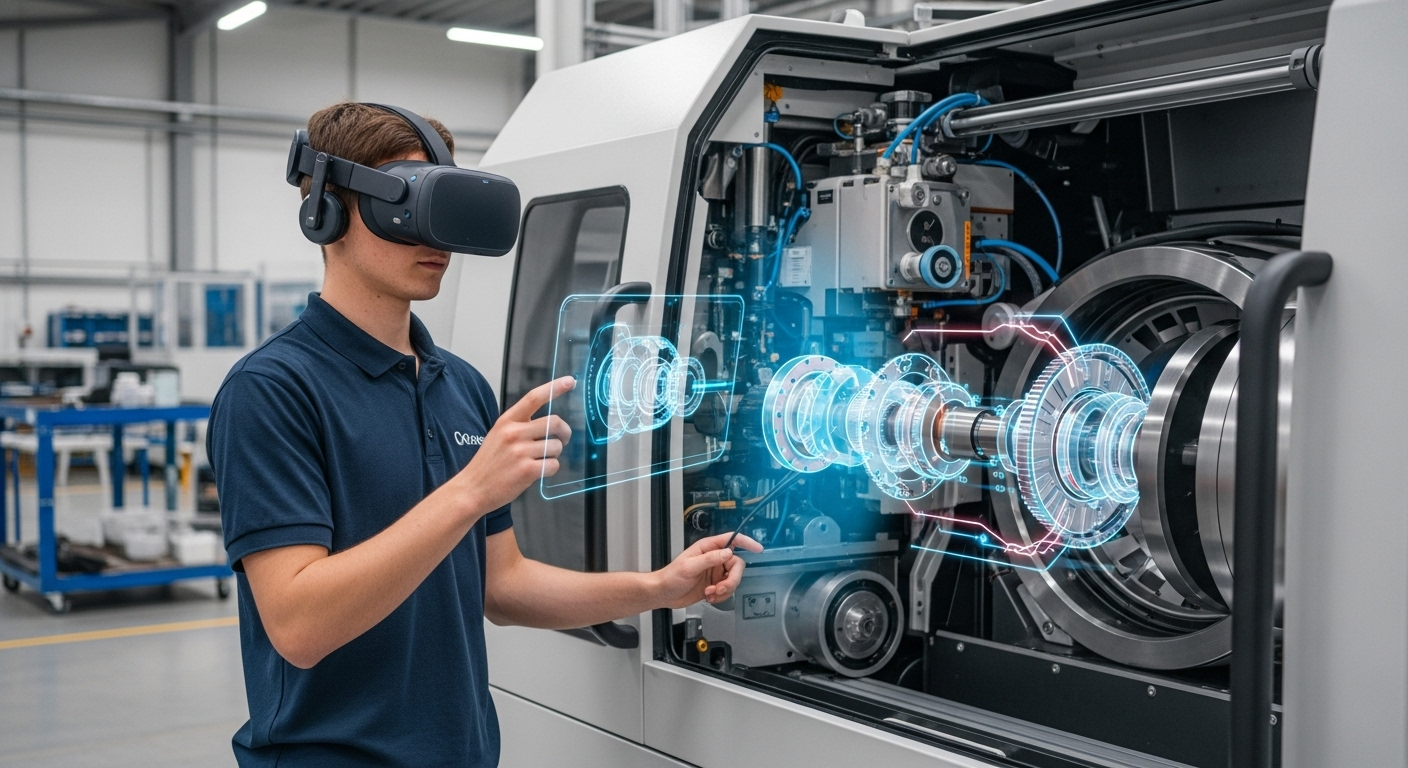Applying Digital Twins to Streamline Process Planning
Digital twins create virtual replicas of assets and processes to test scenarios, reduce uncertainty, and improve decision-making. This article examines practical applications across manufacturing and operations, showing how digital models can support efficiency, sustainability, and safer deployment without overstating benefits.

Digital twins offer a digital representation of physical systems that planners can use to simulate workflows, validate layouts, and test automation strategies before committing resources. By combining sensor data, 3D models, and operational rules, teams can explore process variants, predict impacts on energy use and emissions, and reduce iteration time during design and retrofit projects.
How does automation support planning?
Digital twins help integrate automation and robotics into process planning by enabling virtual commissioning and scenario testing. Instead of physically reconfiguring a line to try a new sequence or robot path, planners run simulations that reveal bottlenecks, collision risks, and cycle-time impacts. Coupling digital twins with control logic accelerates digitization efforts, allowing engineers to refine PLC code, optimize robot trajectories, and assess throughput under varying demand profiles. This reduces commissioning time and improves efficiency while lowering the risk of costly physical changes.
What role do digital twins play in manufacturing?
In manufacturing contexts, digital twins bridge design, operations, and maintenance by providing a single model that reflects current conditions. They support production planning by testing line balances, tooling changes, and layout adjustments against historical and real-time data. Manufacturers can evaluate quality impacts from process parameter shifts and simulate production mixes to inform capacity planning. When integrated with enterprise systems, twins enable visibility across scheduling, logistics, and shop-floor execution for more coordinated decision-making and faster response to supply changes.
How can digital twins help sustainability and emissions?
Digital twins allow teams to model energy flows and emissions across processes, making it possible to trial efficiency measures virtually. Simulations can compare alternative equipment settings, heating and cooling strategies, or material choices to quantify energy savings and emissions reductions before implementing changes. This supports sustainability goals by identifying interventions with the best return on energy and carbon metrics. For retrofit projects, twins can highlight where upgrades yield meaningful reductions and estimate payback periods tied to measured operational conditions.
Can digital twins improve maintenance and retrofit?
Asset-level digital twins enhance predictive maintenance by combining condition-monitoring data with physics-based or data-driven models. Planners can simulate degradation scenarios, forecast remaining useful life, and schedule maintenance to minimize downtime. For retrofit work, a digital twin helps visualize how new components or control systems will integrate with legacy equipment, reducing integration errors and shortening project timelines. This contributes to reliability while supporting a structured path from analogue assets to more digitized operations.
How do digital twins affect logistics and quality?
When extended to material flow and supply chains, digital twins can model logistics, warehouse layouts, and internal transport to pinpoint inefficient routes or handling steps. By simulating demand variability and supply disruptions, teams can test buffering strategies and inventory placements that preserve quality and throughput. Process-level twins also allow virtual trials of parameter changes to assess impact on product quality metrics, helping quality teams define control limits and corrective actions without disrupting live production.
What about cybersecurity, compliance, and training?
Deploying digital twins introduces new cybersecurity and compliance considerations: models that mirror real assets must be protected to avoid exposing system logic or vulnerabilities. Access controls, network segmentation, and secure data handling are essential. Digital twins also support compliance documentation by capturing configuration and test histories that auditors can review. For workforce readiness, virtual environments derived from twins provide realistic training scenarios for operators and maintenance crews, improving skills transfer while reducing risk during live operations.
Conclusion Digital twins can streamline process planning by enabling virtual experimentation across automation, manufacturing, logistics, and maintenance domains. When implemented with attention to cybersecurity, data quality, and accurate modeling, they help teams evaluate energy and emissions, plan retrofits, and support compliance and training. Their value depends on clear objectives, accessible data, and integration with existing systems, making phased adoption and continuous validation practical approaches to adoption.





